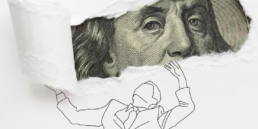The framework in which you ask people to perform has as much bearing on the outcome as their raw ability – just ask a fugu chef, a WWII parachute packer, or the financial controller of a train company.
Fugu – or Pufferfish – has been consumed in Japan for centuries. It is lethally poisonous if prepared incorrectly. The organs and skin contain Tetrodotoxin which will leave you fully conscious while paralyzing the remainder of your body. You will die somewhere between 4 and 24 hours later. There is no known antidote. It’s illegal in the EU.
It’s a big deal.
”I cannot see her tonight.
I have to give her up
So I will eat fugu.”
Yosa Buson (1716–1783)
Only certified chefs can prepare it – and there–in lies the most absolute incentive-framework on the planet: For the final exam, the chef must eat the fish he has prepared.
You can guarantee all fugu chefs are excellent, by the very fact they are alive.
The framework defines the outcome.
Any loss of soldiers due to accident is not good.
So the obvious quest is to get a perfect success rate. How do you do that? You change the framework: Once a week parachute packers were asked to make a jump with a parachute. But not one of their own parachutes. One chosen at random. From anyone of the packers.
The error rate disappeared.
Clearly, parliament wouldn’t have passed that bill.
To make it more acceptable legislation was put in place to guarantee two things – the practice of purchasing one ticket for one journey, and the right to purchase an ‘open’ ticket for use at any time, including at the time of purchase.
This gave birth to a negative-incentive.
In order to ensure the ‘turn up and go’ ticket revenue was distributed fairly it was decided to split it according to the relative frequency each operator provided a train after the costs of running the station are removed (it’s a little more sophisticated than that, but more detail provides little additional clarity). An operator providing 60% of the trains will receive 60% of the ‘turn up and go’ ticket revenue after costs, whatever train operator the customer actually used.
Sounds fair.
But not for the customers: The revenue-split calculations are fixed for years at a time. For those years the train operator has little incentive to make their service any better.
Legally, they can’t reduce the number of trains. Practically, they can’t increase the number of trains because the timetable is full. So their only opportunity for more revenue is to provide a lower level of service: Less frequent cleaning; less staff; less staff pay; fewer staff benefits. And – the biggie – fewer carriages on each train.
The framework defines the outcome.
(Incidentally, if you pre-book a ticket 100% of your fare goes directly to the operator – effectively you bypass the ‘turn up and go’ revenue split. They like that, which is why you often find seemingly inexplicably massive discounts.)
For more on this speak with us, or have a look at our capabilities
Also, as co-founders and supporters of the London Behavioural Economics Network, join the Meetup group and Facebook group for more details and events
Related Posts
August 13, 2023
Money (but not called that, and how it changes behaviour).
Advertising agencies make a lot of…
August 1, 2023
Reading ease is not as easy as all that – comprehension shows the way
It's easy to make text readable, right?…
July 20, 2023
The ‘Hollywood hello’ – and the importance of context when communicating
When communicating we all like to be as…




